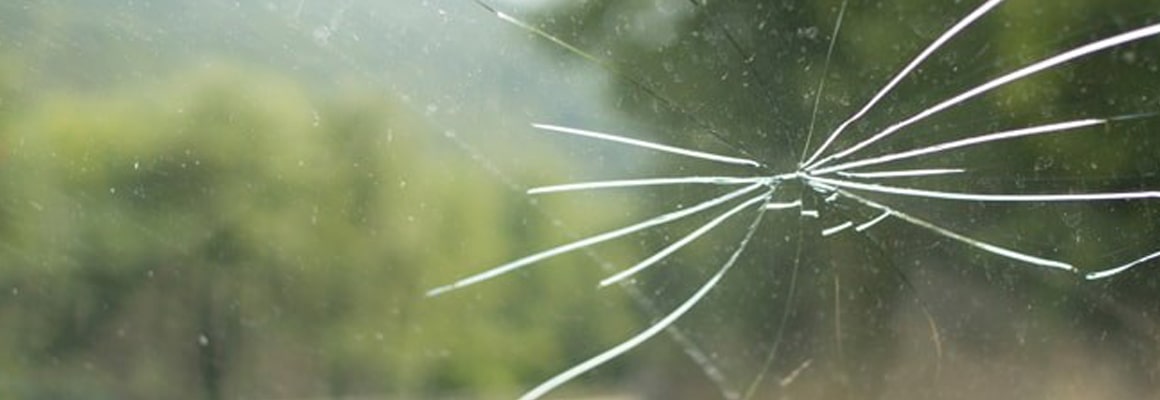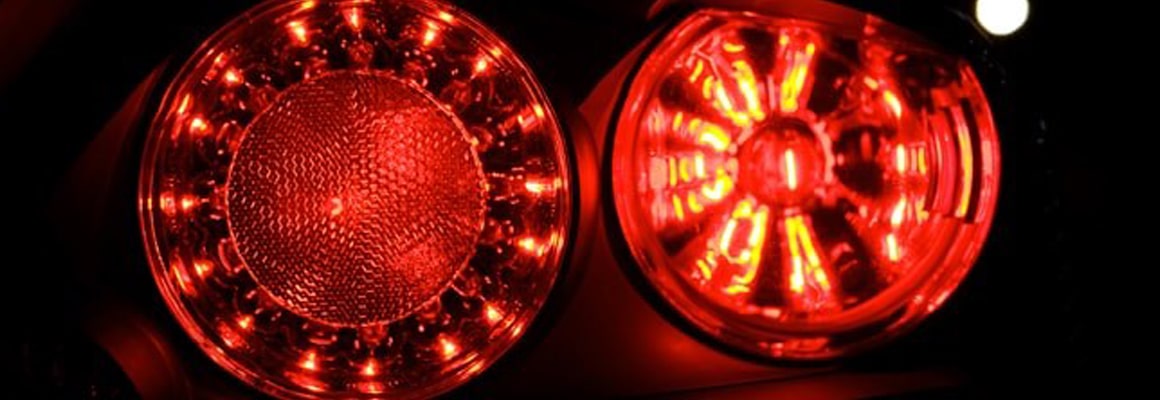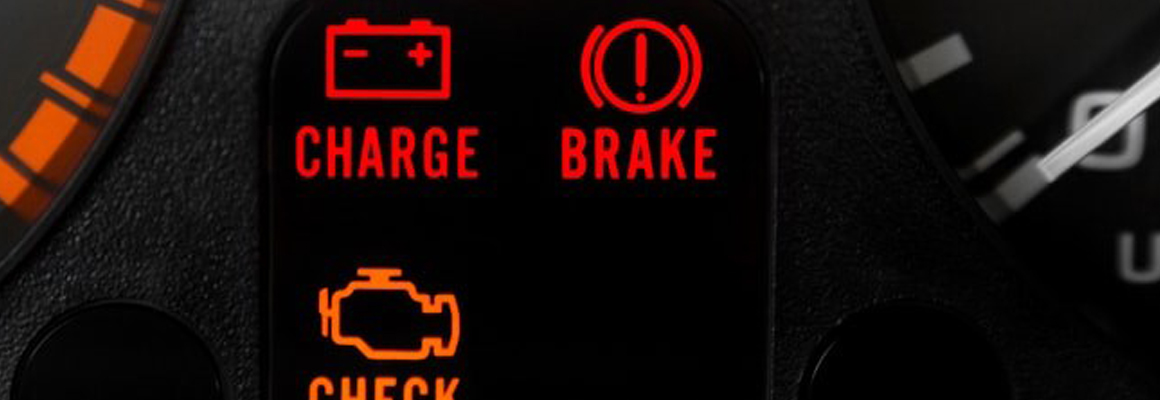How safe is your car: Three common hazards
You may feel safe and secure behind the wheel, but it’s important not to forget that driving will always have its dangers, and it’s vital to keep your car in good condition to minimise the risks.
So how do you know if your car has become unsafe for you, your passengers, and other road users? Shaun Dillnut, of Bristol Street Motors, Macclesfield, discusses three common hazards he comes across all too often:

1. Damaged and dirty windscreens
This may sound like an obvious point to some, but at our garage we see between 20 and 30 cars a day, and we’re often amazed by the condition that some of them have been driving around in. The amount of dirt that has built up on the windscreen both inside and out can be shocking.
Keeping your windscreen clear and free from damage is critical to being safe on the road. Any dirt can make it very difficult to see clearly when driving, especially on days when the sun is bright and low in the sky. It’s really important to clean your windscreen regularly to avoid the risk of being dazzled by sunlight.
A buildup of small scratches and chips on the screen will also make it hard to see properly on bright days and can also lead to bigger problems if you allow weaknesses in the glass to build up. If you drive an older car and the windscreen is no longer clear, even when it has been cleaned, consider speaking to an auto glass specialist about repairs or replacement.

2. Broken lights
We frequently see cars with brake lights or indicators either not working or so caked in dirt that they’ve become difficult to see.
Your lights not only let you see where you’re going when driving at night, they also allow other motorists to see you and let them know when you’re making a turn or manoeuvre. They’re critical to safety on the road, so be sure to check regularly that all of your lights are working and free from dirt. If you’re on your own and want to test your brake lights, just reverse up to a garage door, for example, press the brake and look out for the reflection. Replace any bulbs that have blown as soon as possible.

3. Drivers ignoring early symptoms
The vast majority of cars on the road today have been through a lot of safety checks - thankfully, the risk of anything potentially dangerous happening unexpectedly, like a tyre blowing out, breaking down, or the exhaust falling off, is very slim. That said, ignoring signs of trouble with your car will significantly increase the risks.
The main ways you’ll know if your car needs attention are a dashboard warning light coming on, unusual noises from under the car, or changes in the way the car feels on the road.
The causes of warning lights appearing can vary from minor issues to more serious problems. You should always check your user manual and do whatever your car’s manufacturer recommends. It may be an issue you can fix with a simple check of your fluid levels, but for many issues, the only way to find out the cause is to take it to a qualified mechanic.
When it comes to the ‘check engine’ light, in particular, if you carry on driving for a long time after it has come on, you run the risk of breaking down and doing expensive damage to your engine. If you see this warning light, take your car to a garage as soon as you can.”
The same goes for changes in the way the car feels on the road or any unusual noises - the fix may turn out to be quick and easy, but it could mean you avoid a hazardous situation on the road.
Read our guide about regular checks that you can make to keep your car running well.
Swinton Insurance is not liable for any of the views expressed by tradesmen within this article.
Find out more about Car Insurance from Swinton
- Car Insurance - Car insurance made clear and simple, with three comprehensive cover options for you to choose from
- Young Drivers - Young driver or newly qualified?